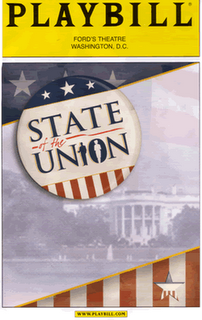Dr. Nold
 Charlotte Nold is pastor of St. John United Church of Christ, in Chicago's Logan Square; board secretary and chairman, human resources committee for the Chicago Anti-Hunger Federation and a member of the Welfare to Work committee.
Charlotte Nold is pastor of St. John United Church of Christ, in Chicago's Logan Square; board secretary and chairman, human resources committee for the Chicago Anti-Hunger Federation and a member of the Welfare to Work committee.She is a long time subscriber to The Round Barn Theatre. Responding to a recent article about Plain and Fancy at Amish Acres, Dr. Nold said, "It reminded me of how important it is in a large city to have a play like Plain and Fancy. Every time I see it, it grounds me in the reality of the incredible value of living more simply. I do believe that the world would be a more peaceful place if this were translated into many languages, for it simply addresses the issue of culture-awareness, and appreciating the gifts that each of us have to offer each other. When we live side by side and do not do that we create stress which can escalate into war. Please share with the cast that for some people, like me, in the audience, we actuallly mentally move into the scene and become part of the play itself. We have an opportunity to go back in time, and share an adventure that we would otherwise never experience. Theater is a wonderful adventure to help us to become more intelligent, understanding, and compassionate people. Thanks for all of your hard work and dedication."
Rev. Dr. Charlotte Nold earned her ministry degree from Northern Baptist Theological Seminary in Lombard, Ill. and her master of divinity degree from Garrett Evangelical Theological Seminary, in Evanston, Ill. She is working on her PhD. in philosophy and church history from the University of Liverpool, England. Nold is the spiritual director of a large alcohol and drug recovery community living in half-way houses in Chicago. She is president of the Near Northwest Neighborhood Network Clergy Caucus; and on the steering committee of Friends of St. Paul's house (a senior citizens' complex). Nold works extensively with the deaf community and signs two gospel choir concerts a year. She has served as mistress of ceremonies of CAHF’s Sing Out Against Hunger for many years.
Charlotte certainly didn't need to see A Christmas Carol, but as you would expect, she enjoyed every minute of it.




